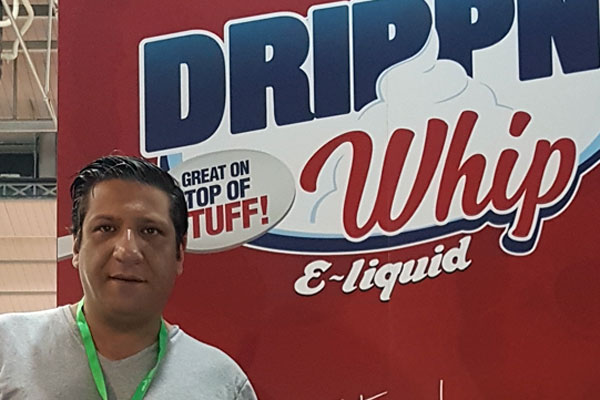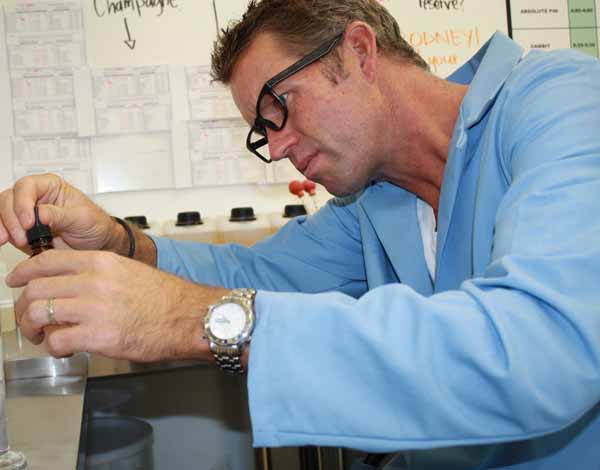A new economic study finds that a flavor ban would force the closure of nearly every brick-and-mortar vape shop in the U.S.
More than 13,000 vape shops would close. Over 150,000 jobs would be lost. The U.S. economy would lose more than $22 billion, including more than $15 billion in taxes. These are the potential catastrophic economic outcomes if e-liquid flavors are banned, according to the results of a recently released study commissioned by the Vapor Technology Association (VTA), a vapor industry advocacy group.
The study, conducted by the analysis firm John Dunham & Associates (JDA), analyzed sales of flavored vapor products in the independent vapor distribution chain. It found that approximately 91.6 percent of sales of vapor products are e-liquid flavors other than tobacco. That number only dropped to 85.7 percent when menthol was included alongside tobacco flavors.
The JDA study concluded that “if a flavor ban was implemented, the independent vapor segment of the market would cease to exist in any meaningful way since the vast majority of the 13,480 independent vapor shops in the country (which currently generate 58,430 full-time equivalent jobs) would likely have to close. No business can continue to exist were it to lose 90 percent of its revenue.”
This study’s findings are significant because, if accurate, they are within the parameters of the White House’s Office of Management and Budget (OMB) rules that state that any regulation that significantly impacts the economy must undergo an extensive regulatory assessment process. One of the factors used to establish whether a proposed rule makes a major impact is that it would have an overall negative impact of at least $100 million on the economy.
“Proposals to ban the sale of all nicotine vapor products that are not tobacco flavored would have impacts on both sales and on the economy far in excess of this guideline,” according to the study. “The same is true of proposals to ban all but tobacco, menthol and mint-flavored vapor products. This would mean that under most normal circumstances, these proposals would need to follow all of [the] OMB’s regulatory guidelines.”
Executive director of the VTA, Tony Abboud, said that the updated economic impact analysis proves that a flavor ban is not the right policy for the vapor industry. “Fortunately, there are many smarter ways to attack the issue of youth vaping outlined in our comprehensive plan 21 & Done! without eliminating the independent vapor distribution chain, made up of more than 14,000 small businesses around the country that are competing every day with Big Tobacco,” said Abboud.
The recently released study is an update to the 2018 Vapor Industry Economic Impact Study released earlier this year. The study estimates the economic contributions made by the vapor industry, which includes e-liquids, coils, box mods and other vapor products to the U.S. economy in 2018. JDA conducted the research, which was funded by the VTA. According to the study, researchers used standard econometric models first developed by the U.S. Forest Service and now maintained by IMPLAN Inc. Data came from industry sources, government publications and Infogroup.
“The study measures the number of jobs in the vapor industry, the wages paid to employees, the value-added and total output,” according to the first study. “In addition, it measures the economic impact of the suppliers that support the vapor industry as well as those industries supported by the induced spending of direct and supplier industries.”
According to the updated study, using data based on a survey of the three largest distributors in the independent vapor distribution chain, 85.7 percent of sales at vape shops are of flavored vapor products and just 6.4 percent are tobacco flavors.
“These data should be more representative of the total market than scanner data (which are discussed below) since well more than half of all vapor sales are of open systems (or e-liquids) and are made at dedicated vapor and tobacco retailers,” the study states. “Using these breaks, [if] the federal government [decided] to ban both flavored and menthol products, the immediate loss would be 91.6 percent of retail sales.” According to the study, were this to occur, adults who prefer these products could react in one of three ways:
• Stop vaping altogether or switch to another tobacco product;
• Switch to vaping tobacco-flavored products; or
• Continue to vape flavored and menthol products but purchase them over the black market or flavor products at home.
“JDA’s modeling suggests that a large portion of consumers would react by purchasing unregulated products over the black market or make their own flavored e-liquids. However, government-sponsored research (that does not include this option) concludes that there would be a large shift toward tobacco-flavored products,” the study claims. “Based on these data, it would be likely that the current 6.4 percent share of tobacco-flavored products would increase to about 8.5 percent of pre-ban sales. Overall, sales would fall to roughly $779.7 million.”
The JDA study found that there were several government-funded studies that found that flavored vapor products didn’t hold a strong market share. However, the government studies are based on data collected from gas stations, convenience stores and grocery stores. The data is collected and distributed by Nielsen, a global measurement and data analytics company. These retail chains do not readily sell open system devices, which make up much of the flavored e-liquid market.
The flawed Nielsen data is then used in research conducted by the Centers for Disease Control and Prevention (CDC), and the federal agency reports that about 10.2 percent of the analyzed vapor products were flavored, roughly 37 percent were menthol and the remaining 52.8 percent were tobacco flavored.
“This essentially reflects chain retailer sales of closed vapor systems (so-called e-cigarettes) over the period from 2012 to 2016,” according to the recent study. “The Nielsen data that this research relies on comes from contracted retailers’ scanner systems. The vast majority of vape shops and tobacco shops would not be included in the data.”
Based on the CDC paper, about 52.2 percent of open system (e-liquid) product sales were flavored while 25.2 percent were menthol. Most tobacco stores and specialized vape shops focus more on e-liquid sales than the conventional chain stores that are included in the Nielsen data. This suggests that the analysis performed here is extremely conservative since conventional retailers represent only about half of the market for vapor products, according to the study.
“Bans don’t work; they never have,” said Abboud. “However, 21 & Done! proposes real solutions, including raising the [purchase] age to 21, implementing 21 specific marketing restrictions, requiring third-party age verification technology at retail and a ‘three strikes and you’re out’ penalty scheme for retailers.”




















